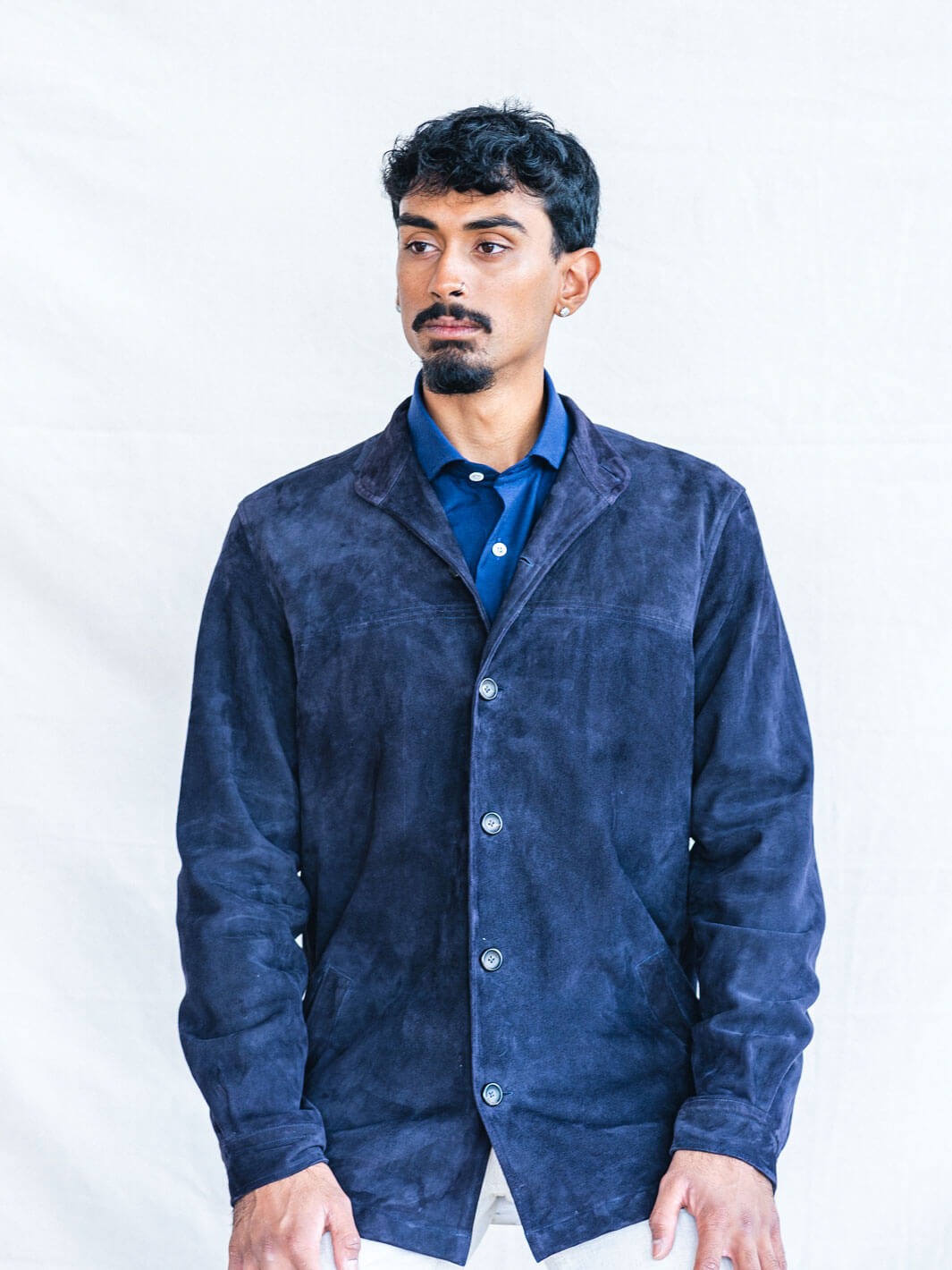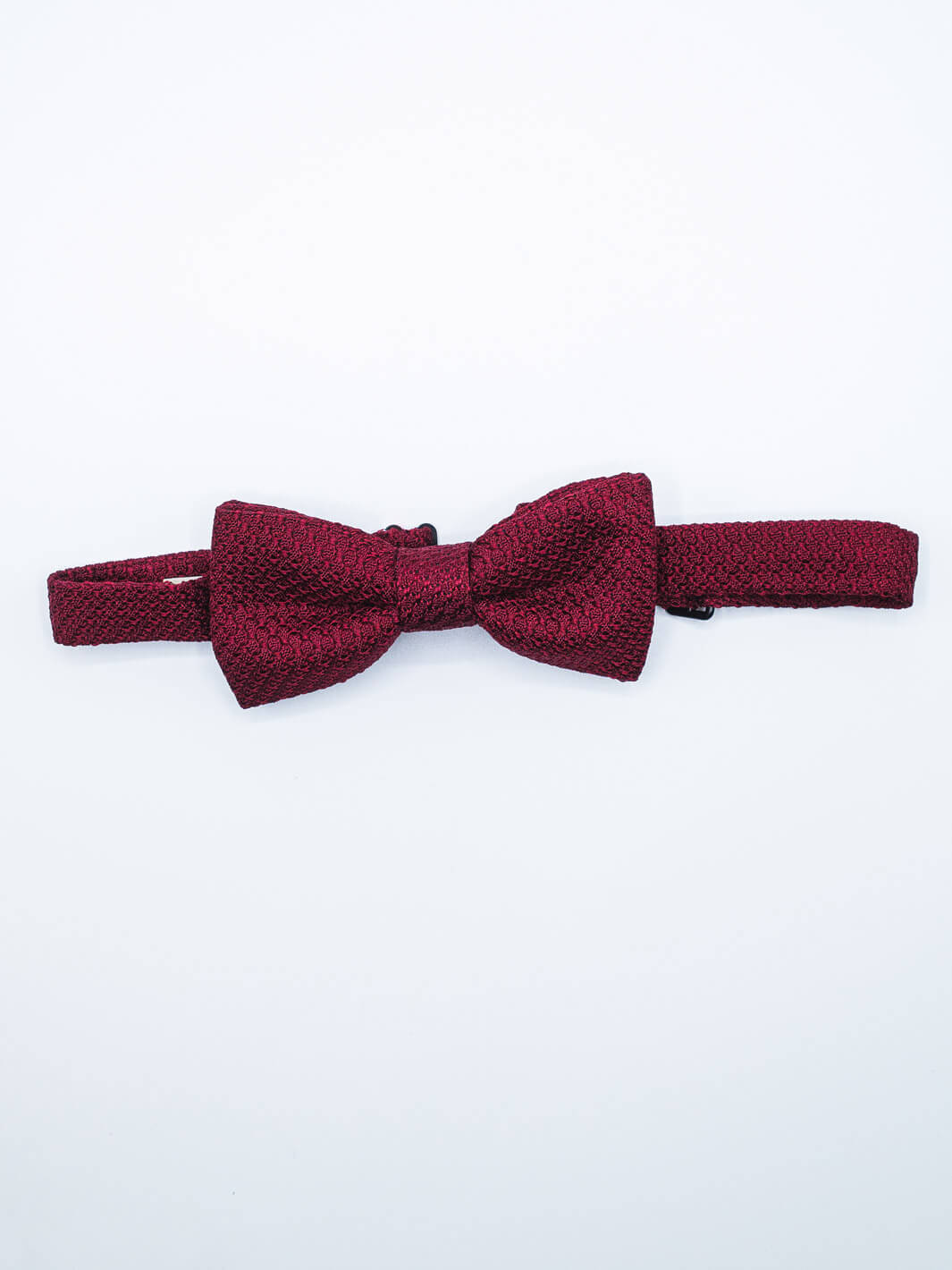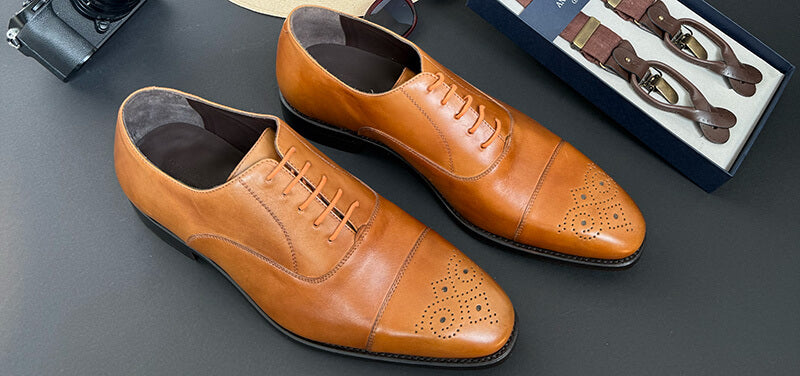The phrase “molecular biology” isn’t one to stir the soul of the academically disinclined. For scholars of style, though, it deserves a passing mention when it comes to a soft, lustrous fabric made from the hair of a domesticated goat originally native to Turkey: the Angora or Ankara breed, whose fiber we call mohair.
It's fitting that this word comes from the Arabic mukhayyar, meaning "choice" or "selected," because when it comes to mohair, billions of years of evolution have given us a material—and here’s the science-y bit—whose helical microfibrils, α-keratin proteins, and 18 amino acids make it robust, durable, ultra-light, resistant to felting and pilling, and insulating while avoiding excessive heat retention.
“Fabrics containing wool and mohair are both soft and resistant, making them very comfortable to wear on mild summer days,” as an insider at French high-end textile merchant Dormeuil tells Anatoly & Sons. “With the unparalleled glaze, mohair is also known for its almost crease-free weaves.”
So what’s the story behind this molecular miracle?
Eastern Promise: Mohair’s Origins
While mohair may not have the same folkloric origin story as its luxury counterpart, silk—whose history begins with a silkworm cocoon falling into the lap of an ancient Chinese empress as she sipped tea beneath a mulberry tree—its use and reputation as a luxury fabric date back to antiquity. The Persians were the first to spin the soft fibers of Angora goats into strong, lustrous yarn, and through the vast trade networks of the Ottoman Empire, its popularity spread across Europe.

Mohair arrived in New York in the 18th century but truly thrived in the Lone Star State, where Texas’ ideal geography provided perfect conditions for raising Angora goats. In 1940, the Texas Mohair Producers Association was founded, broadening mohair’s appeal nationwide and leading to its use in everything from coats and upholstery to carpets, blankets, and other soft furnishings. However, mohair’s true claim to textile history lies in its invaluable contribution to high-end fashion.
Perks Aplenty: Why Tailors and Designers Love Mohair
Mohair’s manifold advantages fulfill different sartorial aims. In our recent article about tuxedos, Simon Cundey of Savile Row tailor Henry Poole points out that a component of mohair in a blended fabric adds some showbiz- and camera-friendly sheen and shine. This luster-bolstering trait saw Mods (a 1960s British youth subculture known for their sharp tailoring and love of jazz) adopt suits made of a two-tone, wool-mohair blended fabric, including the now iconic Tonik by Dormeuil, for their own evenings out at the dance halls of London.
These days, discerning dressers choose fabrics with a mohair component for their lightweight comfort and added benefits such as elasticity—resulting in excellent crease resistance, making it a great alternative to high-twist wool for frequent business travelers. The more flamboyant dresser will also appreciate how eagerly it absorbs even the most vibrant dyes, bringing colors to life with exceptional depth.
Golden Ratio: Getting Your Mohair Blend Right
When English tailors first started working with mohair back in the 60s, the blending method was simple: mohair for the weft (horizontal yarns) and wool for the warp (vertical yarns). Today, there is far more flexibility in the ratio of mohair to wool or other fibers, allowing for a wider range of textures and performance characteristics.
“What percentage of mohair you want in a blend depends on the effect you are looking for,” as our insider at Dormeuil puts it. “The more mohair there is, the better the fabric will perform in terms of crease resistance, but it can feel a little dry to the touch. If you're looking for a shiny effect, just 10 percent of mohair may be enough and the fabric will be softer.”
Happily, the issue of a fabric feeling dry or coarse can be avoided while still enjoying mohair’s full benefits—simply by selecting the right fiber from the right animal. Our Blue Summer Kid Mohair Suit is made from 20 percent silk, with the remaining fiber being made up of the softest, finest, and highest grade of mohair available—kid mohair—sourced from the first shearing of a young Angora goat. Woven in a lighter weight for summer usage, it also has a more subtle, refined sheen than standard mohair.
Although, when it comes to this almost supernaturally versatile fabric—one which can be relied upon to sprinkle some extra magic on even the most exhaustive wardrobe—the phrase “standard mohair” feels a little oxymoronic.









